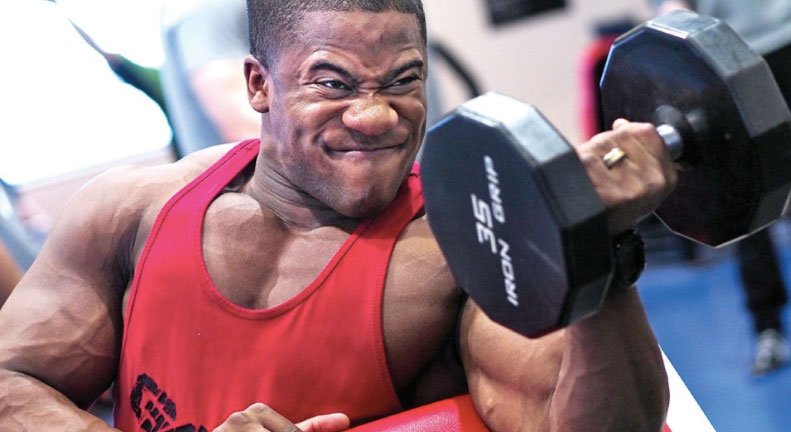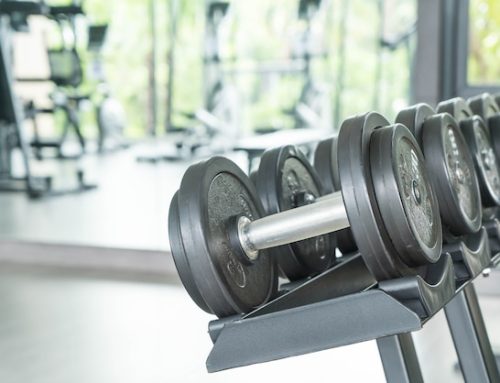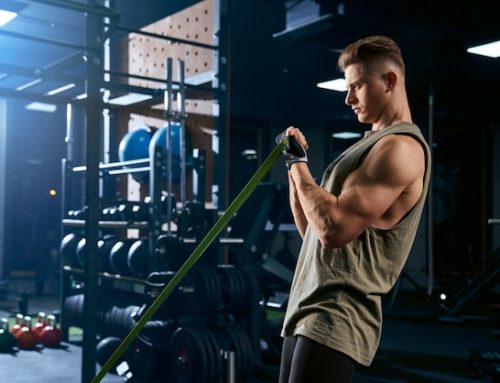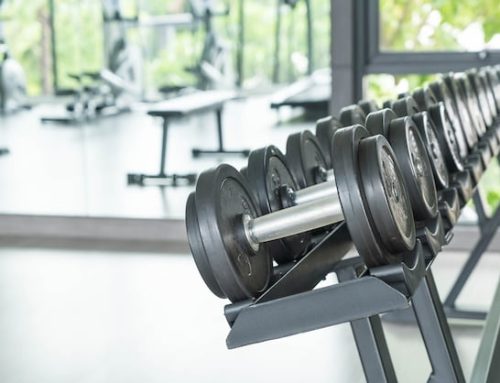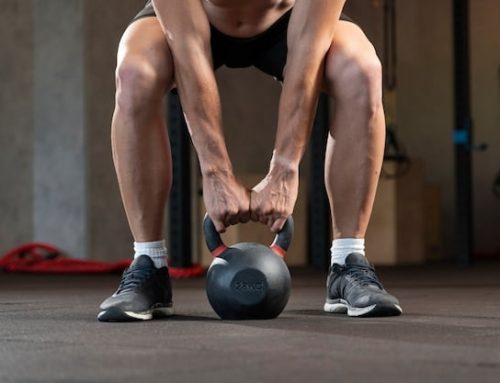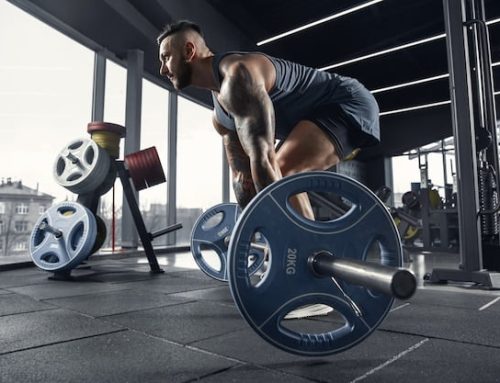If you’d have asked a bodybuilding guru 20 years ago “How do I make my muscles grow?”, his or her response would most likely be built solely around the concept of muscle breakdown – the ongoing process of repeatedly fatiguing (and literally breaking down) a muscle as much as possible in order for it to be re-built bigger and stronger than it was before.
But it’s 2018 now and thanks to the fitness and bodybuilding industry seeing a huge gain in interest, more eyes are on the subject and therefore more time and thought has been put into finding out what specifically causes muscles to grow. And, according to modern research, which tends to be reasonably reliable in comparison to the bro-science we find at the gym itself, there are 3 main biological factors to keep in mind when looking for absolute maximum muscle growth whilst training.
1. Metabolic stress (The pump)
Metabolic stress describes what most of us gym junkies will know as the pump and the burning sensation that we get when we push a muscle to its limits. To achieve this biological response, constant tension must be kept on the muscles by maintaining continuous motion and reversing direction just short of lockout or bottoming out.

This causes blood to be pumped into the muscles by the arteries, and also causes steady muscular contractions to prevent the veins from letting blood escape, resulting in high levels of ‘metabolic stress’ and the swelling of cells.
To maintain constant tension on the muscles for exercises like hip thrusts and inverted rows, which get harder or stay the same throughout the concentric phase, reverse the movement direction just short of bottoming out.
For exercises that get easier throughout the concentric phase such as squats or stiff-legged deadlifts, reverse direction just short of lockout and add accommodating resistance from things like bands or chains. For even higher levels of metabolic stress, incorporate strategic pauses in the bottom position of these lifts.
Tip: When training for the pump, take sets to momentary muscular failure for moderate to high reps with short rest periods in between.
A pump routine would look like this:
Sets: 3-4
Reps: 12-20+ (to momentary muscular failure)
Tempo: 1/0/1/0 or 2/3/1/0
Rest: less than 1 minute
2. Muscle Damage
Muscle damage corresponds roughly with soreness. It’s elicited by slowing down and controlling the negative part of exercises, extending the range of motion, and increasing tension in the stretched out position of the muscle.
Of course, too much muscle damage can be counterproductive, so you should consider your training frequency/split when deciding on your volume. If your training split means you’re only training each body part once a week, your muscles have a whole week to recover in between sessions, so go hard with up to five sets of an exercise focused on muscle damage.
On the contrary, if your training split requires you to work a muscle group multiple times per week, you should tone down the volume slightly and give your muscles a chance to recover in time for your next session.
A muscle damage routine would look like this:
Sets: 2-5 (depending on training frequency)
Reps: 8-12
Tempo: 4/0/1/0
Rest: 1-2 minutes
3. Mechanical Tension (Go Heavy)
If you want big muscles, you need to lift big weights, and that’s exactly what mechanical tension is… heavy lifting. Generating the largest muscle force possible through a full range of motion is a key contributor to muscle growth. But it’s not as simple as ‘the heavier you go, the more mechanical tension you produce.’

A 2013 study by Pinto, et al. found that muscle activation in an isometric bench press task topped out at 90% of maximal voluntary contraction. This suggests that most lifters have a kind of ‘sweet spot’ below their one-rep max at which mechanical tension peaks. But adding additional weight won’t necessarily increase mechanical tension. In fact it may actually shift it away from the muscles you’re trying to target and place it onto passive structures or other muscles.
So, lifters would be better off working at 90% of their max and not more, as they’ll be able to perform more reps with the same or higher tension, therefore producing more time under maximum tension.
The sweet spot will of course vary from person to person and even from lift to lift. An advanced lifter with favourable anthropometry and strict form on a particular lift may find that the sweet spot is on the low end of the 3-8 rep range. But, a less experienced lifter whose form begins to break down as he or she gets further into a heavy set, the sweet spot may be around the 5-12 rep range.
Tip: To maximize mechanical tension, strategic pauses can also be implemented, as in the bottom position of the bench press, right after lift-off in the deadlift, and at the end-range of the hip thrust.
Here are the parameters for mechanical tension:
Sets: 3-8
Reps: 3-8 or 5-12 (depending on the lifter and the lift)
Tempo: 2/0/1/0, 2/0/1/3, or 2/3/1/0
Rest: 2-3 minutes
Tempo indicate the amount of time in seconds allotted to the eccentric (negative), transition, concentric (lifting), and second transition phases.
